While conservatories can be a beautiful addition to any home, they come with a price tag that can add up quickly. One of the most important factors when choosing an insulated conservatory ceiling is deciding on the right type of insulation. In this article, we will take you through some of the basics of insulation and explain which type of conservatory ceiling insulation is best for your home. If you’re considering installing an insulated conservatory ceiling, there are a few things you should know. First of all, an insulated conservatory ceiling is a great way to keep your home warm and cozy in the winter. Not only will it help to keep the interior of your home warmer, but it will also reduce the amount of energy that needs to be used to heat the house. Additionally, insulated conservatory ceilings are a great option for people who are trying to reduce their carbon footprint. By installing an insulated conservatory ceiling, you’ll be reducing the amount of energy needed to manufacture and transport materials. Finally, if you’re looking for a way to add visual appeal and warmth to your home, an insulated conservatory ceiling is a great option.
Advantages of an Insulated Conservatory Ceiling
If you’re looking for a more efficient home, consider installing an insulated conservatory ceiling. Here are some of the benefits: A conservatory ceiling can reduce your energy bills by up to 50%. Conservatories are great places to get natural light and enjoy views of the outside world. An insulated DB Space conservatory ceiling can keep out cold air, making it a perfect place to relax in winter. Conservatories can also be used as offices in mild climates, providing year-round comfort. Insulated conservatory ceilings are easy to install and come with a range of finishes and designs to suit any home.
How to choose the right insulation for your conservatory ceiling
If you’re thinking about installing an insulated conservatory ceiling, there are a few things you should know. First and foremost, make sure the insulation is rated for use in a conservatory. Second, be sure to factor in the height and width of your conservatory when choosing the right insulation. Finally, be sure to consult with an experienced installer to ensure your conservatory ceiling is properly installed and configured.
Materials needed for an insulated conservatory ceiling
Insulated conservatory ceilings are becoming increasingly popular for a number of reasons. Not only do they keep your home warmer in the winter, but they also help to reduce energy costs over time. Here are the materials you’ll need to install one yourself: Ruler or a straight edge of some kind, Circular saw, Plywood, Stiles (or L-brackets) and screws, Tape measure, Jigsaw or coping saw, Paint or a sealant if desired. If you’re using plywood, first measure the width and height of the DB Space conservatory ceiling you want to cover. You’ll also need to determine how much plywood you’ll need. Cut your plywood according to these measurements, making sure to leave a 1″-2″ border on all sides of the board. Next, cut four identical pieces of plywood that are 3′-4′ long and 2′-3′ wide. The width should be twice the height of the conservatory ceiling, and the length should be twice the width. Before you install an insulated conservatory ceiling, it is important to understand a few things. First of all, this type of ceiling system can be quite expensive. Second, not all conservatories are compatible with insulation; in fact, many are not.

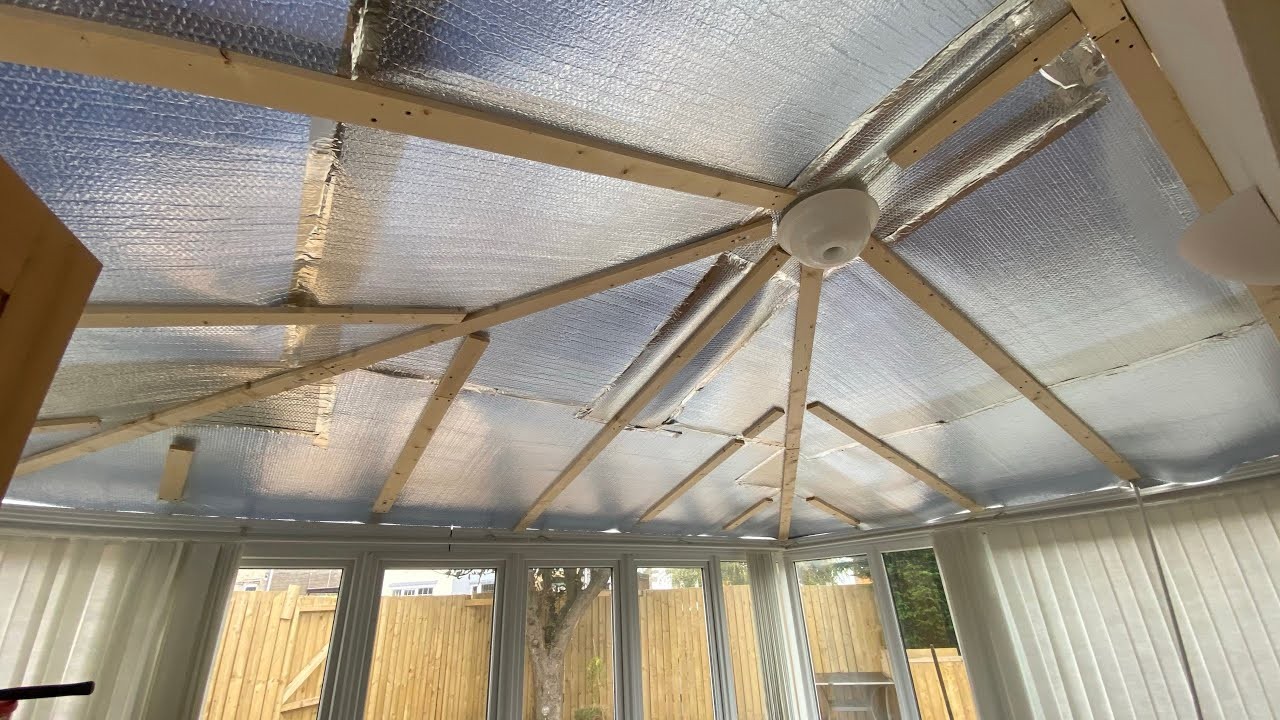
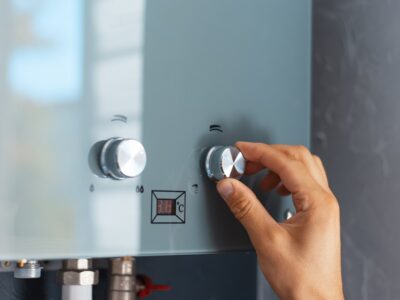
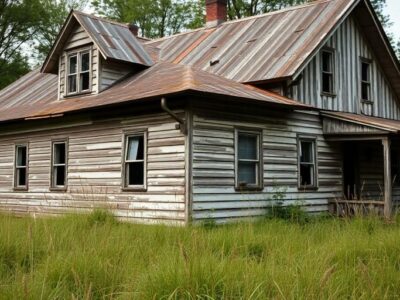
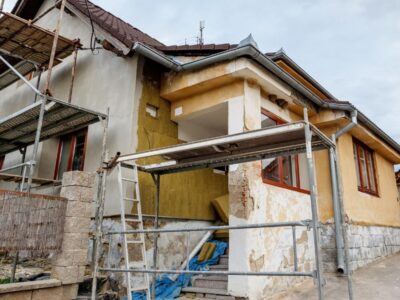

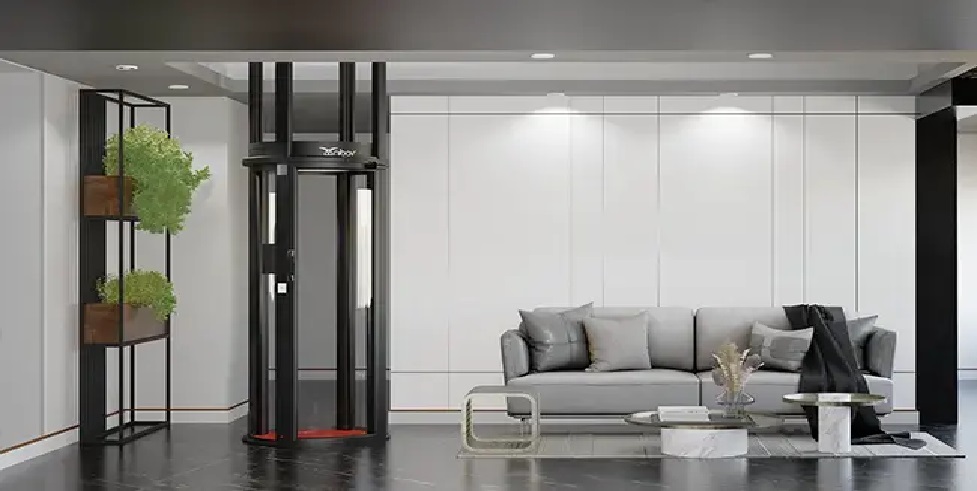

Comments